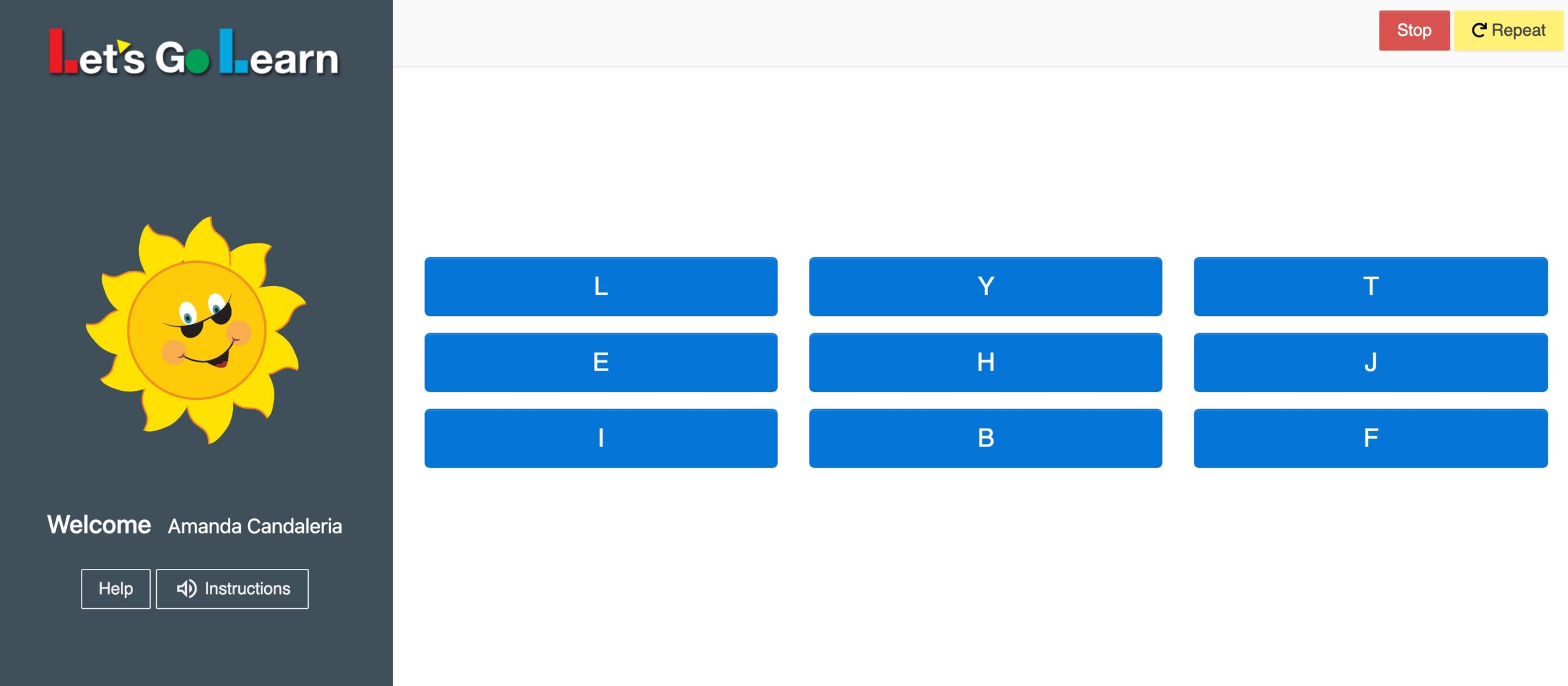Homeschooling with Dyslexia
Homeschooling is a growing educational choice for many families, and some children with disabilities can effectively be taught at home with close attention to needs and best practices. Dyslexia is a relatively common learning difference, affecting at least 1 out of 10 students, or 10 percent of the entire student population. Some researchers believe dyslexia affects closer to 20 percent of the human population in some capacity. The good news is that most students with dyslexia can become competent readers, especially with early detection and concerted effort.
What is Dyslexia?
Dyslexia is a learning difference that affects the way students understand language, causing the student to have a hard time with decoding, fluency, comprehension, and written expression. Students with dyslexia often have trouble recognizing and manipulating sounds in words, which can make it hard to develop strong reading skills. However, it’s important to note that dyslexia is not indicative of a lack of intelligence or effort. Many children have gone on to huge successes despite the challenges of dyslexia, including Steve Jobs, Richard Branson, Thomas Edison and Stephen Spielberg. With the right support and interventions, students with dyslexia can learn to read and succeed academically!
Benefits of Homeschooling with Dyslexia
Homeschooling allows students with specific learning disabilities like dyslexia to focus on overcoming those challenges in a familiar, more controlled environment which is relatively free of distractions, social concerns, and generalized teaching practices. Individualizing the learning path is even more important for children with dyslexia.
One of the many ways to find and create the learning path for dyslexic learners is by incorporating Let’s Go Learn products. Let’s Go Learn is a leading educational technology company that specializes in creating personalized learning solutions. By integrating their products into your homeschooling curriculum, you can take advantage of their adaptability, customization, and technology to help your child thrive.
Many reading experts believe that all children should be screened for dyslexia, because the life-long challenges of living with undiagnosed dyslexia may be profound. Homeschool families should seek professional educators or their local district homeschooling support services if they suspect a student of having reading challenges, and if they wish to have a child utilize a dyslexia screener. Universal dyslexia screeners come in several forms and should be given to students in early grades; printed versions may require 3 to 4 hours to administer and properly score.
Software-based dyslexia screeners, however, can complete the process in as little as 15 minutes and provide a statistically reliable, equitable measure of a student’s dyslexia risk. It’s important to recognize that dyslexia screeners, just like medical screeners, do not diagnose a problem, but simply indicate whether a student has a heightened risk for dyslexia. A dyslexia diagnosis and intervention plan requires a more comprehensive evaluation by a team, including professionals such as teachers, speech/language pathologists, assessment specialists, school psychologists, and medical personnel.
Learn more about Dyslexia Screening today!
Let’s Go Learn allows you to measure and understand student math and reading skills with research-based, adaptive assessments. Then you can automatically build personalized learning paths from the data, creating the perfect supplementary curriculum.
The adaptability of instruction is important to homeschooling and overcoming reading challenges, and Let’s Go Learn products align perfectly with this. They offer flexible pacing, ensuring that lessons are personalized to your child’s specific needs. Another advantage of homeschooling with Let’s Go Learn products is the customization of learning materials. These tools are specifically designed to the needs of the student.
One of the greatest benefits of homeschooling is the ability for parents to closely observe and track their child’s progress. Let’s Go Learn’s Assessment tools and progress tracking systems allow you to closely monitor your child’s progress, allowing you to provide immediate intervention and adjustment to instruction.
Setting Goals and Expectations
Setting goals and expectations is important when homeschooling, and this is especially true when a student has a reading disability. Setting clear and achievable goals, parents can create a customized learning path that meets their child’s needs. Here are some steps for effectively setting goals and expectations:
- Understand your child’s strengths and weaknesses: Start by identifying your child’s learning style, interests, and areas of difficulty related to dyslexia. This understanding will help you personalize the goals and expectations properly.
- Set realistic and measurable goals: Create specific and attainable goals that go hand in hand with your child’s grade level and abilities. Break larger goals into smaller, manageable steps to provide the child with a sense of achievement and progress.
- Personalize the learning experience: Modify teaching methods and materials to fit your child’s learning style. Incorporate multisensory approaches, such as hands-on activities and visual aids, to enhance comprehension and retention.
- Encourage self-awareness and self-advocacy: Teach your child to recognize their strengths, weaknesses, and accommodations that work best for them. Empower them to communicate their needs and advocate for themselves in educational settings.
- Regularly assess progress: Monitor your child’s progress towards the set goals and adjust expectations. Celebrate achieving these goals and provide constructive feedback to keep them motivated.
Learning Styles and Multisensory Techniques
Dyslexic students often excel in particular learning styles such as visual, auditory, kinesthetic, or a combination of these. By adding multisensory techniques into their education, these students develop their reading and spelling skills.
Using letter tiles can help engage visual and kinesthetic learners. These learners can physically manipulate the tiles to form words and understand the relationship between sounds and letters. Multisensory techniques benefit dyslexic learners by allowing them to simultaneously engage their sight, hearing, touch, and movement. By adding in multisensory techniques like letter tiles, flashcards, games, and manipulatives, parents can create engaging and effective lessons for their child.

Appropriate Reading Levels and Instruction in Reading
For homeschooling students with dyslexia, it is so important to incorporate a reading program that aligns with the Science of Reading. This approach places a strong emphasis on explicit and systematic instruction in phonics, phonemic awareness, and other essential reading skills. By addressing the building blocks of reading, dyslexic learners can enhance their decoding skills and establish a foundation for reading comprehension.
Equally crucial is providing homeschooling students with dyslexia appropriate reading materials at their instructional level. These materials should present a challenge without overwhelming their reading abilities. By customizing instruction and ensuring that reading materials match their abilities, homeschooling can be a powerful way to support dyslexic learners.
For more information about homeschooling students with dyslexia, check out the fact sheets provided by the International Dyslexia Association.



Leave A Comment